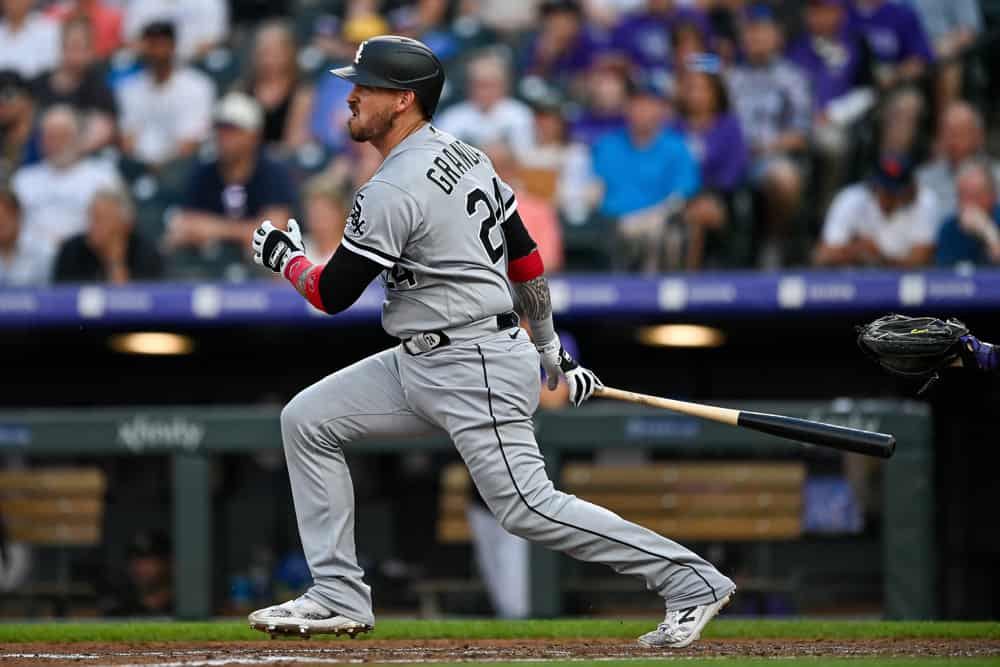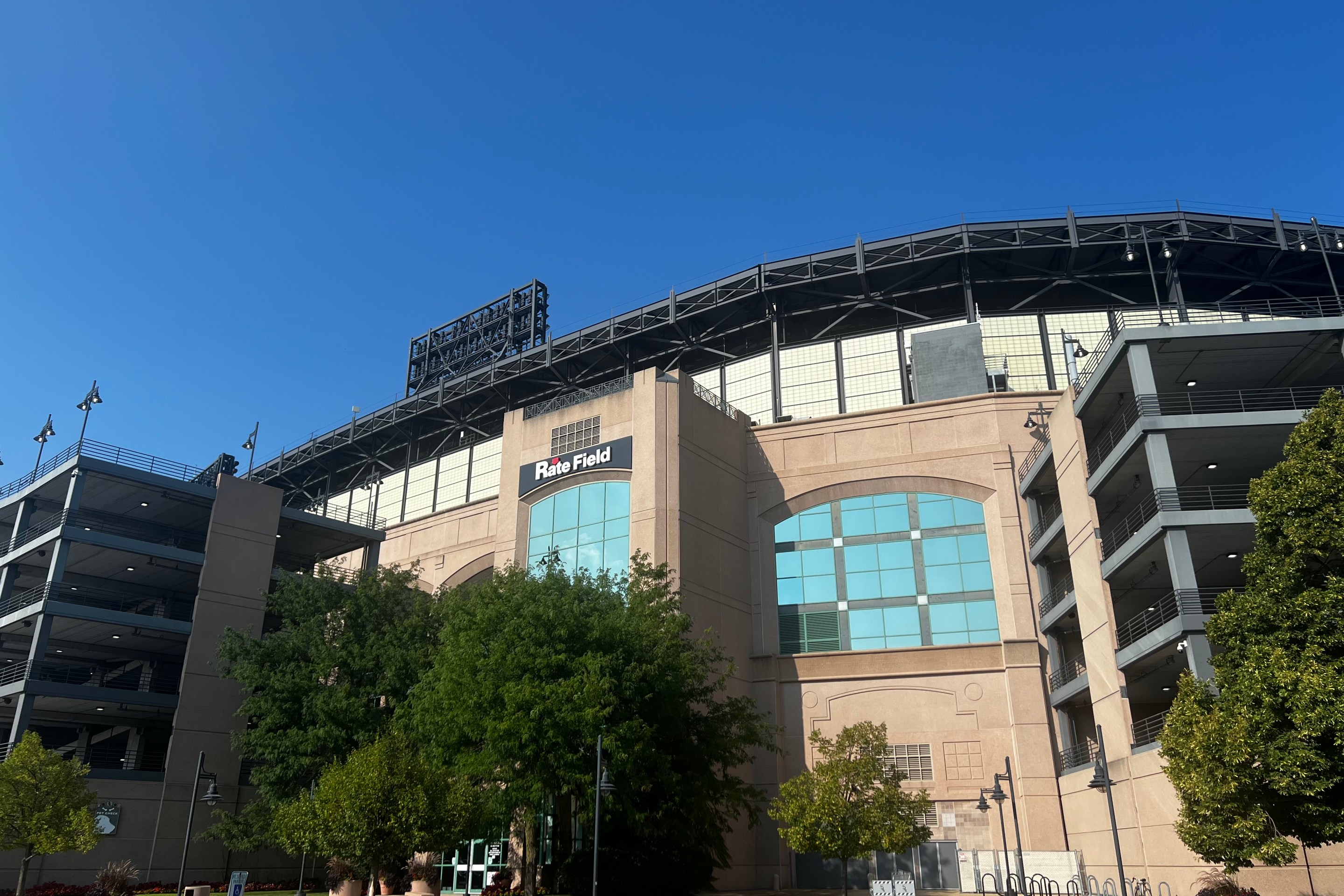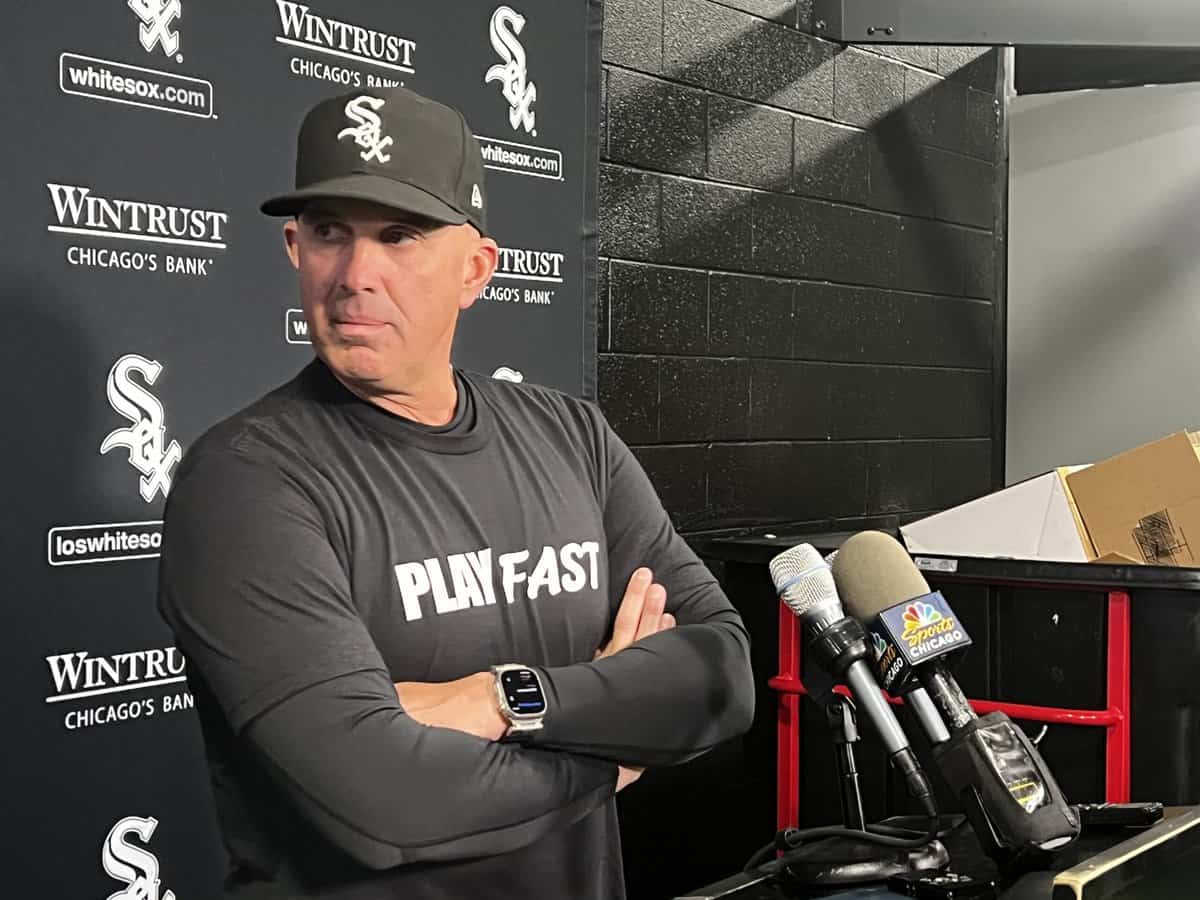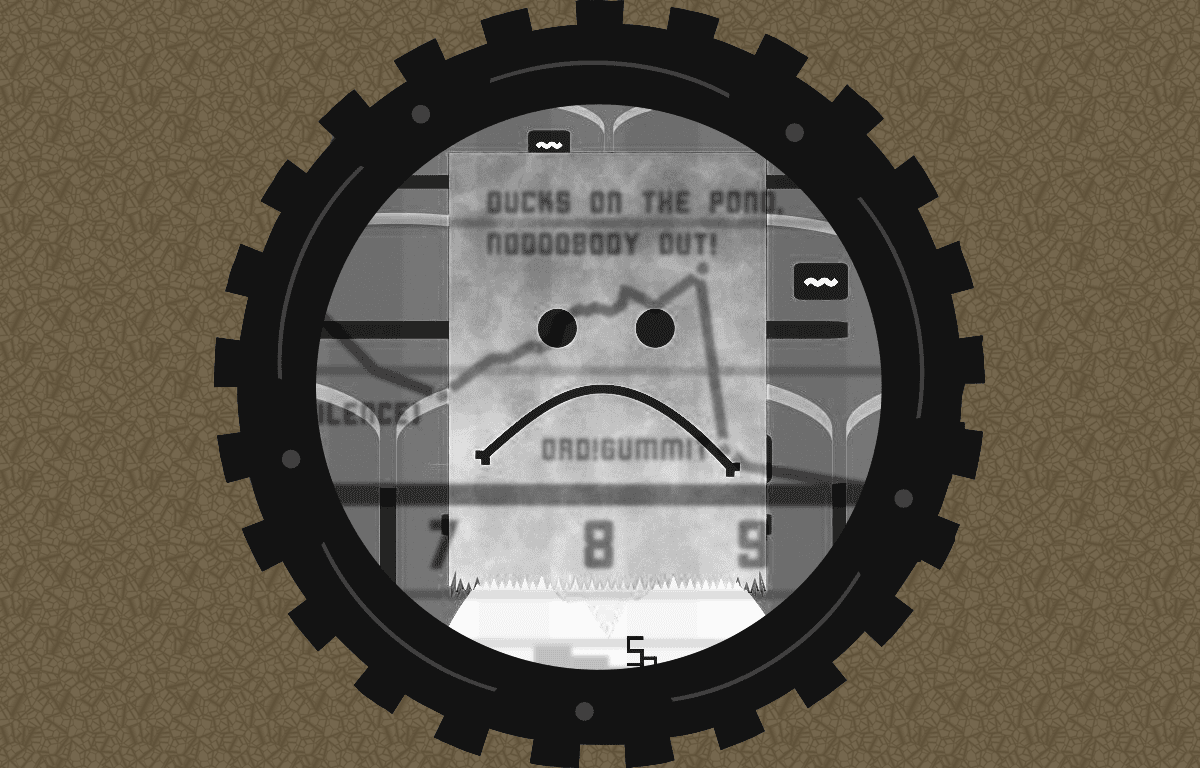At some point during Yasmani Grandal’s miraculous second-half turnaround from his in-season knee surgery in 2021, I started to think that the specific four years for which the Sox signed Grandal could end up being the most favorable conditions for committing to a catcher in his 30s.
The way I saw it at that time, we were looking at:
- Year 1: A 60-game season due to the COVID-19 pandemic.
- Year 2: A standard season.
- Year 3: ????
- Year 4: MLB likely to have implemented shifting restrictions, if not sooner.
My hope was that the development in Year 4 would partially offset a gentle decline in Year 3. Unfortunately, Grandal has filled in the question marks with his worst season ever. He’s hitting .204/.307/267, and it’s almost entirely due to his production against right-handed pitching (.493 OPS, compared to .867 against lefties). He’s at least lifted his production to that of a normal backup catcher in the second half (.235/.331/.324), but given that he'll be owed $18.25 million for 2023, that's short of adequate.
The Sox could maybe pay him to go elsewhere in 2022, but such a deal reminds me of the Blue Jays sending Russell Martin back to the Dodgers for the last year of his five-year deal. They paid $16.4 million of the $20 million owed to him for a couple of longshot prospects who didn't pan out, and while that still represents money saved off a player they believed was a sunk cost, it didn’t do anything else for them. Their new backup catcher posted an 18 OPS+ and they lost 95 games.
Unless the Sox find a more intriguing catcher option – and Carlos Pérez made a terrible first impression behind the plate in his MLB debut – I’m regarding Grandal as a fixture for 2023, with the hopes that Seby Zavala is equally or more capable of dividing the time as he is right now.
The good news? Major League Baseball is still going ahead with the final part of the plan by restricting shifting starting next season as part of a batch of new rules. The changes also include a pitch timer and bigger bases, and with the Sox in the middle of some pretty important baseball, deep dives into those two elements strike me as offseason content.
The details about the defensive alignment guidelines:
*The four infielders must be within the outer boundary of the infield when the pitcher is on the rubber.
*Infielders may not switch sides. In other words, a team cannot reposition its best defender on the side of the infield the batter is more likely to hit the ball.
*If the infielders are not aligned properly at the time of the pitch, the offense can choose an automatic ball or the result of the play.
*This rule does not preclude a team from positioning an outfielder in the infield or in the shallow outfield grass in certain situations. But it does prohibit four-outfielder alignments.
I’m not a fan of such restrictions, or at least the way they’re being implemented. Right now, players hit into shifts because the quality of pitching in 2022 makes it hard to string singles together, so they may as well seek damage as often as possible. The scientist in me* would rather see the pitch-clock rules strictly enforced to understand whether that puts a dent in the max-effort arsenals deployed around the game. There’s a chance that pitchers lose a little of their edge because they aren’t allowed a full recovery time, so maybe that alone can boost offenses. Or maybe it makes no difference, but I’d want to understand the consequences of one rule change before introducing another variable that could make it hard to separate the factors.
(*There isn’t one, but let’s pretend.)
Grandal is one of four White Sox players who are shifted on more than half the time (59.3 percent), a little bit behind Yoán Moncada (63.1) and Gavin Sheets (61.3), and comfortably ahead of AJ Pollock (51.2) for the bronze medal. Nobody else cracks 20 percent, which speaks to the White Sox’s right-handedness and general approach to hitting.
The shifts make a difference. Grandal, Sheets and Moncada have a total of seven hits on 79 ground balls pulled per Statcast's data. Sheets has 15 singles the opposite direction, so he’s figured out the way to thwart alignments in the way the others haven’t, but given that Grandal is the slowest player in the game, there’s less benefit of him forgoing his power just to get on base.
That presupposes that Grandal still has significant power to forgo, but if he doesn’t have to contend with three-infielder right sides next season, then he doesn’t have to worry about making a choice. He can load up and hunt the former Goose Island, and he should get more of those singles by accident.
That leads to the question of whether “Yasmani Grandal on the basepaths” is the action MLB really wants to increase, but if the league cracks down on that with a minimum speed limit, it will no longer be the White Sox’s problem.






